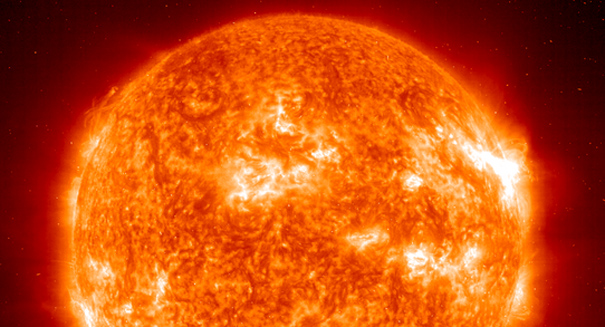
The research team found that heat energy was probably sent into the corona by electrons moving at about one-fifth the speed of light.
The outermost part of the Sun’s atmosphere, its corona, is much hotter than the actual surface of the Sun, a phenomenon that has puzzled scientists for decades.
Now, a team from the Harvard-Smithsonian Center for Astrophysics (CfA) has presented evidence that tiny ultra-hot jets from Sun’s surface, which they called “nanoflares,” and the high-speed electrons they generate could be the source of that heat difference.
Because these nanoflares can’t be observed directly, the CfA researchers had to investigate the “footpoints” of coronal loops, or loops of hot plasma streaming off the Sun’s surface. Using high-resolution ultraviolet imaging from NASA’s Interface Region Imaging Spectrograph (IRIS), the team was able to infer the presence of high-energy electrons. Next, they simulated how plasma held in loops would respond to the energy from high-speed electrons.
The research team found that heat energy was probably sent into the corona by electrons moving at about one-fifth the speed of light. The discovery of high-energy electrons that are not connected with large flares implies that the solar corona is at the very least partly heated by nanoflares, the researchers said.
The results of the study also aid astronomers in learning how electrons are sped up to these kinds of ultra-high speeds and energies, a phenomenon that plays a role in a wide variety of astrophysical events. The study results also reveal that nanoflares are potent particle accelerators despite the presence of energies approximately a billion times below large solar flares.
Study author Paola Testa, an astrophysicist at CfA, said the study’s results open up a whole other set of questions for researchers.
“For example, how frequent are nanoflares? How common are energetic particles in the non-flaring corona? How different are the physical processes at work in these nanoflares compared to larger flares?” she asked.
Leave a Reply